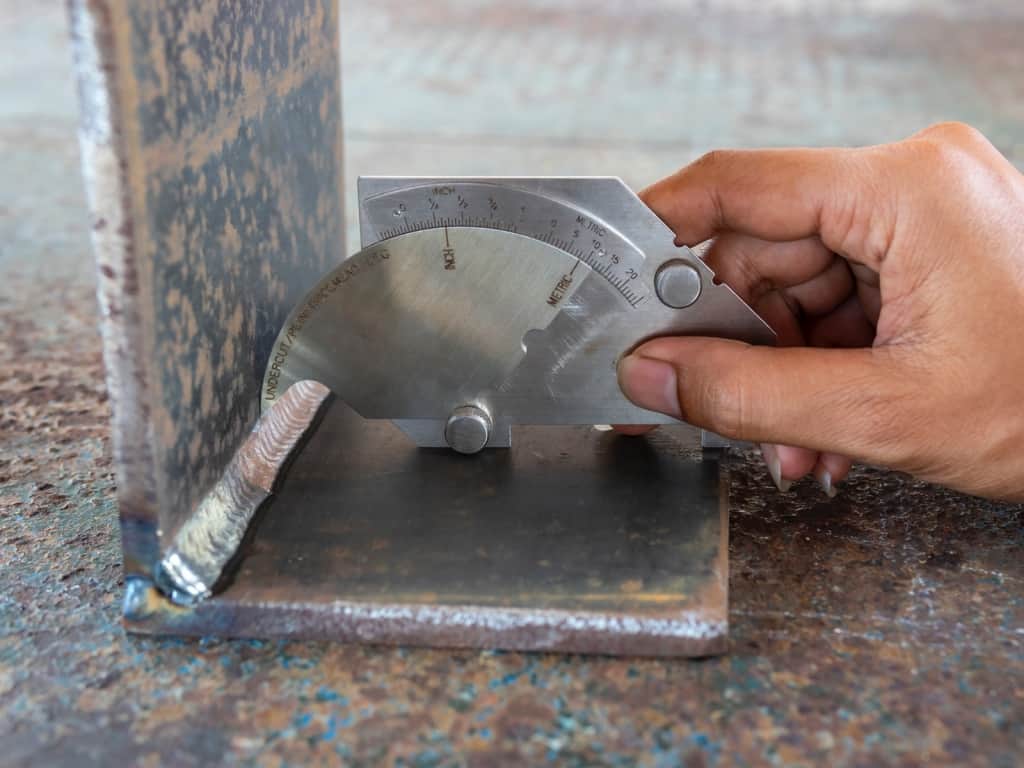Complete Guide to Preventing Weld Undercut: Tips and Techniques
Complete Guide to Preventing Weld Undercut: Tips and Techniques
Blog Article
Understanding the Art of Welding: Exactly How to Stay Clear Of Undercut Welding Issues for Flawless Construction Results
By comprehending the origin creates of undercut welding and applying effective techniques to stop it, welders can boost their craft to new degrees of excellence. In the search of remarkable construction outcomes, understanding the art of welding to prevent undercut issues is not just an ability but a need for those striving for excellence in their job.
Recognizing Undercut Welding

To stop undercut welding, welders should make sure appropriate welding parameters, such as adjusting the present, voltage, travel speed, and keeping the appropriate electrode angle. By comprehending the reasons of undercut welding and carrying out precautionary procedures, welders can achieve top quality, structurally audio welds.
Reasons For Undercut in Welding
Comprehending the elements that add to undercut in welding is vital for welders to produce top notch, structurally audio welds. Undercutting occurs when the weld steel does not correctly fill the groove developed in between the base steel and the previously transferred weld metal. Several factors can bring about undercut in welding. One common reason is extreme warm input. Welding at high temperature levels for extensive periods can lead to the base metal melting greater than desired, resulting in damage. Poor welding present or wrong welding rate can also contribute to undercut. Inadequate current might not give adequate warm to thaw the base and filler steels properly, while too much rate can stop correct blend, creating undercut. In addition, incorrect electrode angles or wrong torch adjustment methods can develop areas of reduced weld steel deposition, promoting undercut. Recognizing these causes and executing proper welding methods can aid avoid undercutting issues, ensuring resilient and solid welds.
Strategies to Avoid Undercutting

To mitigate the danger of undercutting in welding, welders can use calculated welding strategies intended at improving the high quality and integrity of the weld joints. Furthermore, making use of the proper welding strategy for the particular joint setup, such as weave or stringer grains, can add to minimizing damaging.
Additionally, correct joint prep work, including making sure clean base materials devoid of pollutants and using the suitable welding consumables, is vital in stopping undercut issues. Utilizing back-step welding techniques and regulating the weld bead account can also assist distribute warmth uniformly and reduce the threat of undercut. Routine evaluation of the weld joint during and after welding, in addition to applying high quality assurance actions, can aid in resolving and finding damaging problems quickly. By carrying out these techniques vigilantly, welders can attain perfect construction results with minimal undercut issues.
Significance of Proper Welding Parameters
Picking and maintaining suitable welding specifications is necessary for attaining effective helpful resources welds with marginal defects. Welding criteria refer to variables such as voltage, present, travel speed, electrode angle, and shielding gas circulation price that straight influence the welding process. These specifications need to be meticulously changed based on the kind of material being welded, its density, and the welding technique utilized.
Proper welding criteria ensure the correct amount of heat is applied to melt the base metals and filler product consistently. If the criteria are set too expensive, it can bring about too much warm input, causing distortion, spatter, or burn-through. On the various other hand, if the criteria are as well low, insufficient read the full info here blend, lack of infiltration, or undercutting may happen.
Quality Control in Welding Workflow

Final Thought
In final thought, mastering the art of welding calls for a detailed understanding of undercut welding, its causes, and techniques to avoid it. By making sure correct welding parameters and executing high quality guarantee practices, remarkable manufacture results can be achieved. It is vital why not find out more for welders to continually aim for excellence in their welding procedures to stay clear of undercut concerns and generate premium welds.
Undercut welding, a typical problem in welding procedures, takes place when the weld metal does not properly load the groove and leaves a groove or clinical depression along the bonded joint.To protect against undercut welding, welders ought to ensure proper welding specifications, such as readjusting the existing, voltage, travel speed, and keeping the appropriate electrode angle. Inadequate welding present or incorrect welding speed can additionally add to damage.To reduce the risk of damaging in welding, welders can employ calculated welding methods intended at boosting the quality and stability of the weld joints.In conclusion, understanding the art of welding requires a detailed understanding of undercut welding, its causes, and techniques to prevent it.
Report this page